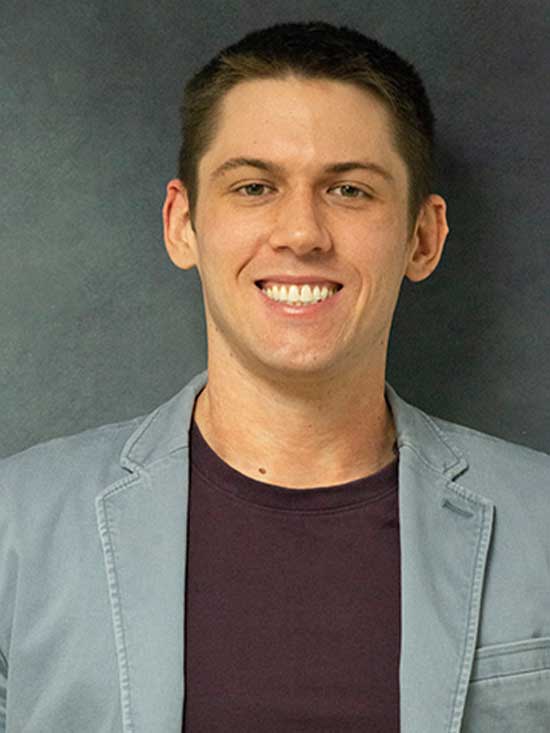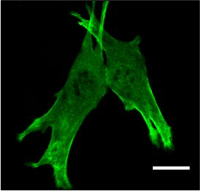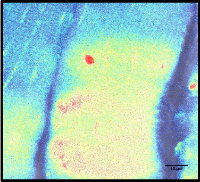
DR. TOM KWIATKOWSKI
- 2015, Bachelor of Science in Biochemistry, The State University of New York at Oswego
- 2020, Ph.D. in Biochemistry, The Ohio State University
Courses taught:
- Biochemistry & General Chemistry
Kwiatkowski’s lab has two unique areas of research
Project 1:
The decline in men's sexual health can be attributed to various factors, but one of the most concerning is exposure to a class of endocrine disruptors known as phthalates, which are commonly found in commercial products. A new source of phthalate exposure is through inhalation via electronic cigarettes.
The objective of this project is to elucidate the biochemical disruptions caused by phthalates from electronic cigarettes and how these disruptions contribute to the decline in male sexual health. We hypothesize that phthalates derived from electronic cigarettes reduce spermatogenesis and testosterone synthesis in rat animal models, while also increasing inflammation signaling cascades in primarily divided rat testicular Sertoli cells.
Project 2:
In collaboration with Dr. Kristen Breit and Dr. Eric Sweet, we are investigating whether co-exposure to nicotine and ethanol during early development alters drug metabolism, shifts intestinal microbiome populations, changes gene expression, and/or modulates later-life behaviors in developing offspring. This project will offer valuable insights into the potential consequences of e-cigarette use among pregnant individuals, especially when used in conjunction with alcohol. Apart from contributing to teratology research, these data will also hold significance in broader substance use and pharmacology research.
Relevant Publications
- Thomas A. Kwiatkowski & Aubrey L. Rose, Ana Capati, Rosalie Yan, Diana Hallak , Noah Weisleder “Multiple poloxamers increase plasma membrane repair capacity in muscle and non-muscle cells.“ The American Journal of Physiology-Cell. 2019
- Thomas A. Kwiatkowski, Gushchina LV, Bhattacharya S, Weisleder NL. “Conserved structural and functional aspects of the tripartite motif gene family point towards therapeutic applications in multiple diseases.” Pharmacol Ther. 2018
- Muriel J, Lukyanenko V, Kwiatkowski T., Bhattacharya S, Garman D, Weisleder N, Bloch RJ. “The C2 domains of dysferlin: roles in membrane localization, Ca2+ signaling and sarcolemmal repair.” J Physiol. 2022
- Yasa, J., Reed, C., Bournazos,…Kwiatkowski T., Weisleder, N., Cooper, S,. Lemckert, F. “Minimal expression of dysferlin prevents development of muscular dystrophy in dysferlin exon 40a knockout mice” Acta Neuropathologica Communications. 2022 (In review)
- Paleo, B. J., Madalena, K. M., Mital, R., McElhanon, K. E., Kwiatkowski, T. A., Rose, A. L., ... & Weisleder “Enhancing membrane repair increases regeneration in a sciatic injury model.” Plos one. 2020
GFP-transfected myoblast cell with a multiphoton laser

Electroporated muscle fiber that is injured

